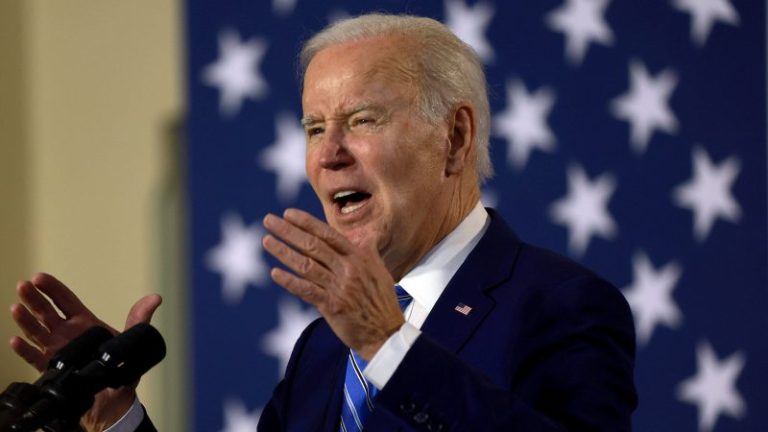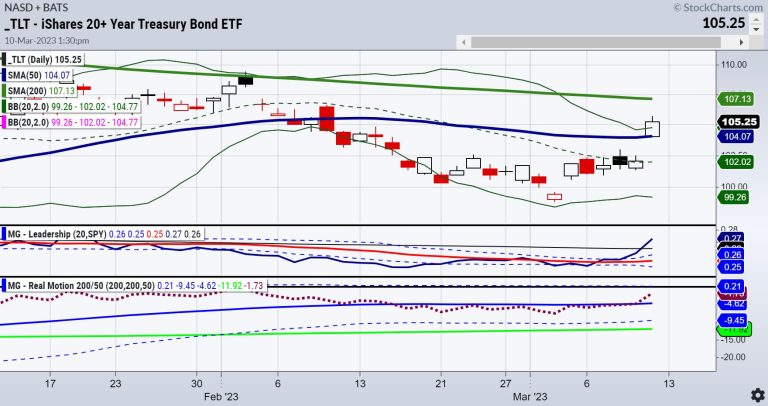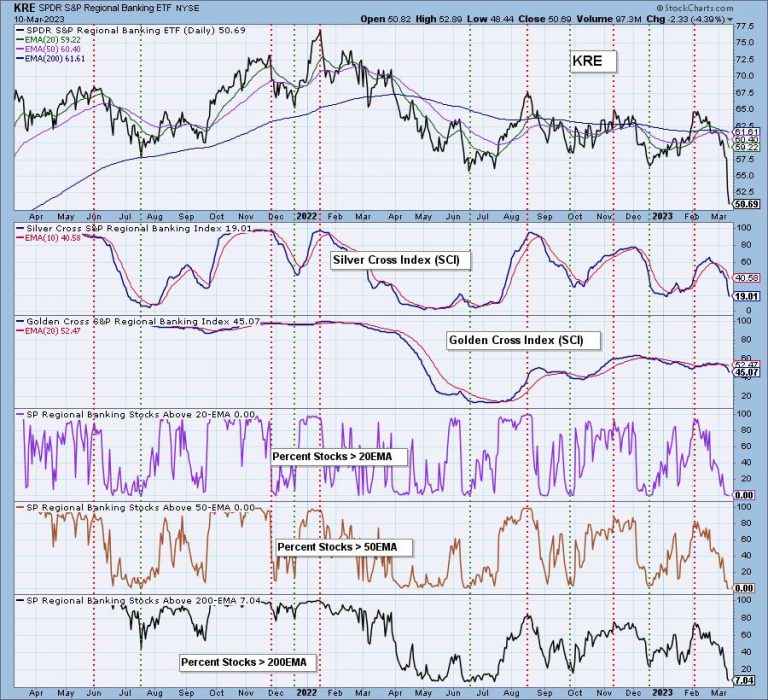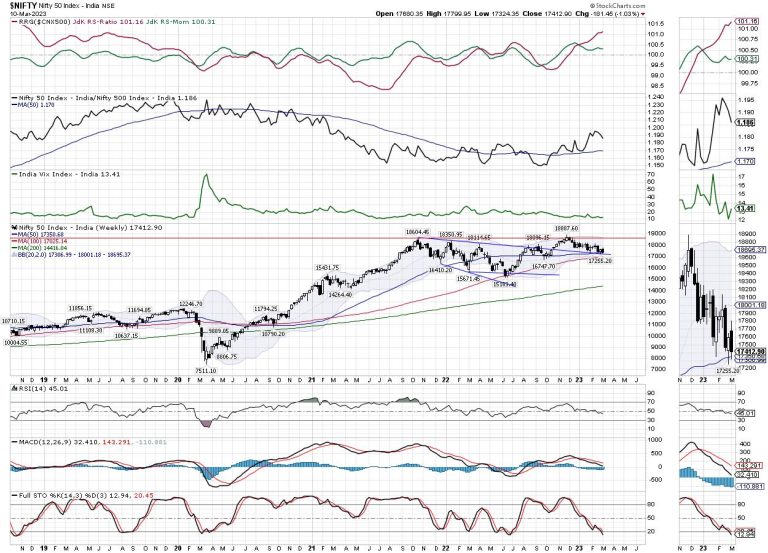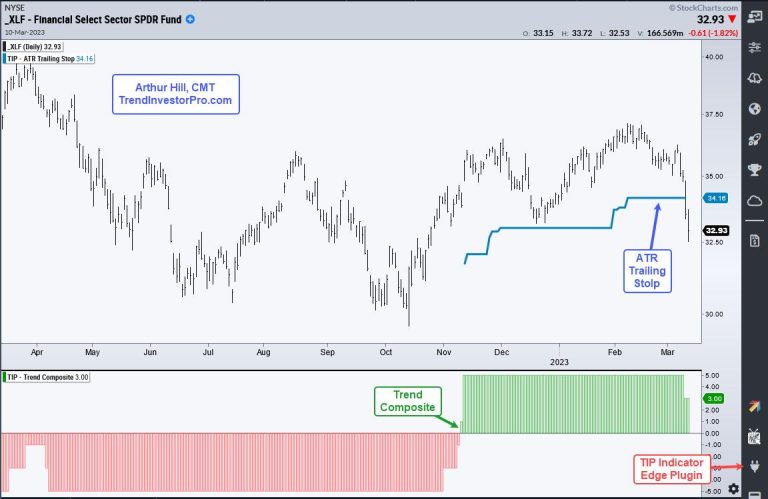Five Senate Democrats could retire ahead of the 2024 elections in America, relinquishing their seats to fresh faces as Republicans seek to gain control of the upper chamber.
Following the retirement announcements of two prominent Senate Democrats earlier this year, the question remains over which other senators will step aside and forgo what could be a potentially bruising round of elections for the party as Democrats seeks to defend a majority of the seats up for grabs next cycle.
Last month, Sen. Dianne Feinstein, D-Calif., became the latest senator to announce she would not seek re-election in 2024, following in the footsteps on Sen. Debbie Stabenow, D-Mich., who announced last month that she would relinquish her seat in the upper chamber when her term expires in 2025.
A total of 34 Senate seats — 20 currently held by Democrats, 11 currently held by Republicans, and 3 currently held by independents — will be up for grabs next cycle. The three independent senators currently caucus with Democrats in the Senate, meaning Democrats will be tasked with defending 23 of the 34 seats in 2024 if they wish to maintain their majority in the legislative body.
Of the 20 Democrat-held seats up for election, seven are in states won by former President Trump in either 2016 or 2020. Republicans, however, will not be defending any seat in a state won by President Biden, unlike the 2022 midterms where the most competitive races were in states Biden won: Nevada, Pennsylvania, Georgia and Arizona.
West Virginia Democratic Sen. Joe Manchin
Sen. Joe Manchin, perhaps the most vulnerable senator in 2024, has not yet announced his re-election intentions. Trump won West Virginia by a whopping 39 percentage points in the 2020 election, making the seat a key target for a Republicans.
Manchin played an instrumental role in getting the Inflation Reduction Act across the finish line and may face a political price for his perceived capitulation in a predominantly working-class state with the second-largest leading coal industry in the nation.
Rep. Alex Mooney, the five-term West Virginia congressman, announced his intent to run for the Senate seat just a week after the November 2022 midterm elections.
West Virginia Attorney General Patrick Morrisey has also been eyeing Manchin’s seat for some time and hinted he was considering running again. After a narrow loss to Manchin in the state’s 2018 Senate race by just 3 percentage points, Morrisey said in November he is ‘seriously evaluating’ a gubernatorial run or launching a second bid for the Senate in 2024.
Current West Virginia Gov. Jim Justice, a Republican, also told Fox News in January that he is ‘very interested’ in pursuing a 2024 Senate bid for the seat, adding extra fuel to Manchin’s contemplation on whether to seek re-election.
Wisconsin Democratic Sen. Tammy Baldwin
Sen. Tammy Baldwin, who has served as the junior senator from Wisconsin since 2013, has not declared whether she will seek re-election in the state won by Trump in 2016 by less than a percentage point.
Baldwin, according to Bloomberg, said last month that she is ‘planning an announcement later in the spring, and working very hard.’
Following the state’s 2022 Senate election, in which Sen. Ron Johnson defeated Lt. Gov. Mandela Barnes by a little more than 25,000 votes, Baldwin, should she seek re-election, would be faced with a number of concerns from conservative voters in the state.
Baldwin, the first openly gay senator in the United States, has garnered respect from members of her own party in a variety of ways, most notably from her work on the Affordable Care Act. In her last two Senate elections, Baldwin won by unexpected margins. In 2012, she won by nearly six percentage points. In 2018, she won by a little more than 10 points.
Johnson’s win over Barnes has boosted momentum in the state for both major political parties, and now the GOP is seeking to build on that momentum in an effort to oust Baldwin, who formerly served in the U.S. House for six years.
Pennsylvania Democratic Sen. Bob Casey
Sen. Bob Casey announced in January that he had been diagnosed with prostate cancer in December, casting doubt on whether he will seek re-election in 2024 — though he has not yet announced his official decision.
Despite the diagnoses and concern over how it could have an impact on his congressional career, Casey, who has served in the Senate since 2007, underwent surgery for his prostate cancer last month and his office said that no further treatment is needed.
Casey, the son of former Pennsylvania Gov. Robert Casey Sr., defeated his GOP challenger, Lou Barletta, in the 2018 Senate election by 13 points.
Following Republican nominee Mehmet Oz’s loss in the state’s 2022 Senate election to Democrat John Fetterman, Republicans are seeking redemption. David McCormick, a former hedge fund CEO who narrowly lost the GOP primary to Oz, is considering another run, according to a November report from Bloomberg.
Former Pennsylvania GOP gubernatorial nominee Doug Mastriano is also weighing whether to enter the Keystone State’s Senate race, telling Politico this week that he is ‘praying’ about a potential Senate run in 2024. Mastriano’s political ambitions, however, were dismissed by Montana GOP Sen. Steve Daines, the chair of the National Republican Senatorial Committee.
‘We need somebody who can win a primary and a general election. His last race demonstrated he can’t win a general,’ Daines said of Mastriano, according to one reporter.
Delaware Democratic Sen. Tom Carper
Sen. Tom Carper, the senior senator from Delaware, currently holds a seat that is viewed by many as a safe seat for Democrats to maintain control of in the 2024 elections.
But that safety net does not mean retirement is out of the question for Carper, a former military officer who has represented Delaware in the Senate since 2001.
While Carper, 76, has not officially declared whether he will seek re-election next cycle, he said recently that he is focused on doing ‘what I need to so I can run for re-election and be successful,’ according to Bloomberg.
Carper, according to the outlet, did not give a clear date as to when he would make a decision, but said he will announce his intention ‘sometime this year.’
Maryland Democratic Sen. Ben Cardin
Sen. Ben Cardin, who has represented Maryland in the Senate since 2007, is undecided on whether to seek re-election in 2024.
Cardin’s seat, like that of Carper’s, is viewed as another safe seat for Democrats in the next cycle. But whether Carper will hold onto it or pass it to another aspiring candidate remains unclear.
A spokesperson for the senator told Fox News Digital late last month that Cardin, 79, has ‘indicated that the decision likely will be announced’ this month.
2024 Senate race ratings from the Cook Political Report, which were released in late January, listed eight seats currently held by Democrats or independents as leaning Democratic or toss-ups.
The three seats rated as a ‘toss up’ between Democrats and Republicans in the 2024 elections, according to the report, include those currently held by Arizona independent Sen. Kyrsten Sinema, Ohio Democrat Sen. Sherrod Brown, and West Virginia Democrat Sen. Joe Manchin.
Sophia Slacik contributed to this article.
Kyle Morris covers politics for Fox News. Story tips can be sent to kyle.morris@fox.com and on Twitter: @RealKyleMorris.
This post appeared first on FOX NEWS


